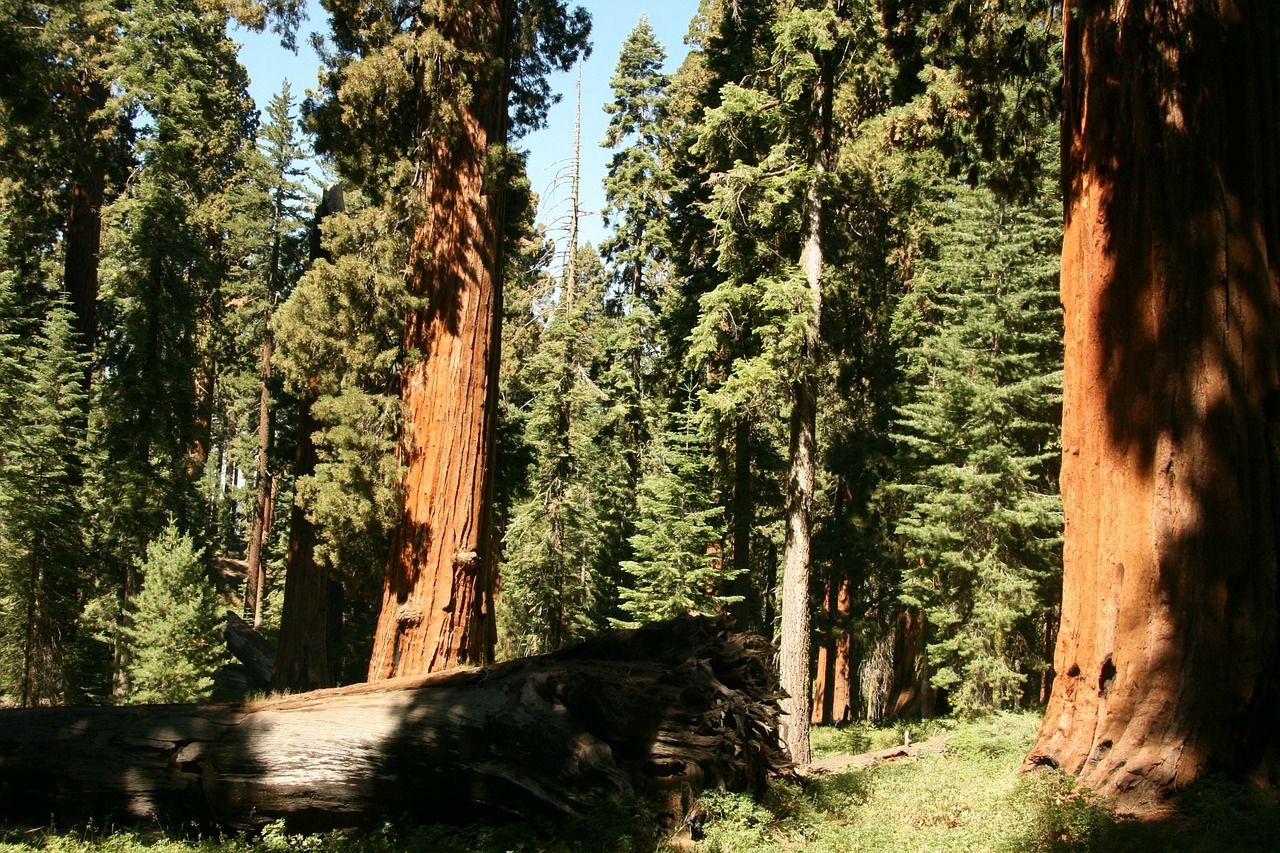 Where do trees come from, from heaven or earth? This is not the philosophical discussion it might at first seem to be. Even in the Bible, heaven sometimes refers, not to the residence of the Almighty, but to that region of the atmosphere in which birds fly.¹ Do trees come from the soil or from the air?
Where do trees come from, from heaven or earth? This is not the philosophical discussion it might at first seem to be. Even in the Bible, heaven sometimes refers, not to the residence of the Almighty, but to that region of the atmosphere in which birds fly.¹ Do trees come from the soil or from the air?
Most would probably say, “from the soil.” But is that the case? What are trees primarily made of? Largely they consist of cellulose and sugar, although there are smaller quantities of other substances. Cellulose is simply sugar molecules linked together with the loss of a single molecule of water between each sugar molecule. The molecules that build up a tree are carbon-based. There are traces of other substances, but only traces. For instance, there is a little magnesium in the chlorophyll of leaves.
Think of a Campfire
Imagine you and your family have gone camping, and it is a chilly night. Besides, you’ve been fishing and want to cook them for supper. You gather some dry kindling and some larger branches to create a campfire. You had the foresight to bring some matches!
As the fire burns, so does the carbon-based substance of the tree. Oxygen (O₂) is also required in the form of air, to sustain combustion. The products of the fire are largely carbon dioxide and water, neither of which you can detect. They are the predominant products of combustion.
Reverse the Process
These products of combustion, carbon dioxide and water, coupled with the energy that was released by the burning process, are the same materials it took to create a tree in the first place. For instance, take sugar, which is made in the leaves by the process of photosynthesis.

The sugar produced by photosynthesis has the chemical formula C₆H₁₂O₆. What is the equation based on carbon dioxide (CO₂) and water (H₂O) and sunlight (λ) to produce sugar photosynthetically?
6 CO₂ + 6 H₂O + λ → C₆H₁₂O₆ + 6 O₂
Where Do Trees Come From?
Now we can see when we burn sugar (and by extension, cellulose and other such compounds) the equation is turned around, but the light is predominantly replaced by heat (Δ).
C₆H₁₂O₆ + 6 O₂ → 6 CO₂ + 6 H₂O + Δ
So now we see the carbon cycle at work. The carbon dioxide comes from the atmosphere. The water comes from the soil, but only in a sense. For if there were no rain—water from heaven—there would be no tree. The water of the tree comes from heaven, too. It is the minerals, a tiny percentage of the composition of the tree, that come from the earth. Trees have their heads in the heavens and their feet in the ground.
¹Consider, for example, Matthew 6:26, American Standard Version.

That’s a very clever question!
They come from heaven and earth. Without earth (minerals) as catalysts; no photosynthesis could take place. With no carbohydrate energy (“heaven”), being exuded by the roots (up to 60%) to fuel the soil biology (the digestion system for the plant) to solubilize rock and build soil the tree could not access the minerals needed to drive its system and build its structure.
Yes, of course. And thanks for the commentary. As you doubtless realize, I was referring to the overall bulk of the tree. I first heard of this (ordinarily not a name-dropper) from Richard Feynman.